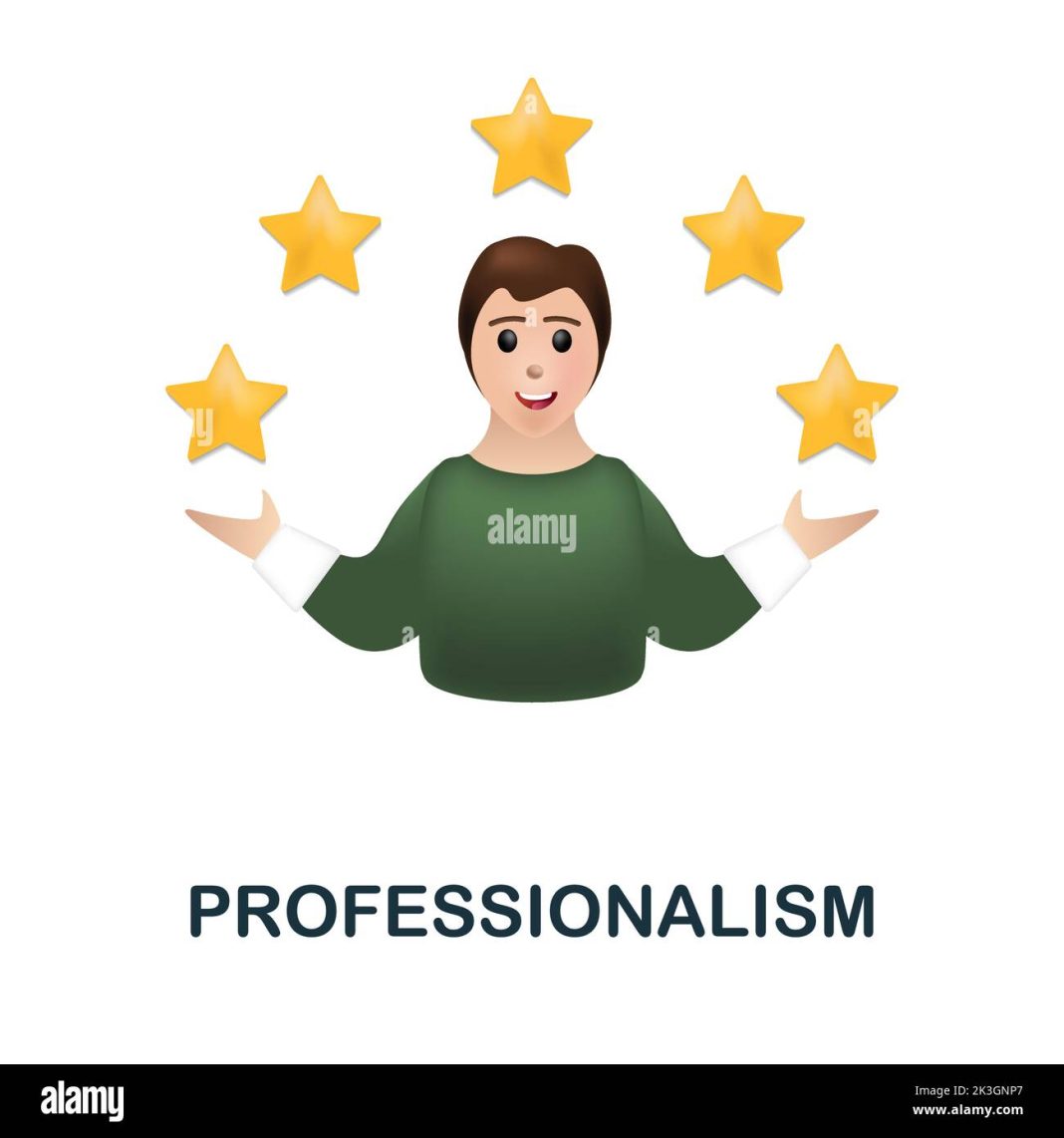Title: The Unintended Consequences of Abortion Bans: Sterilization, Murders, and Suicides
Introduction:
Since the Supreme Court overturned Roe v. Wade in June 2022, abortion rates in the United States have not decreased as intended. In fact, abortions have increased, particularly in states without bans. This article explores the unintended consequences of abortion bans, including the rise of self-managed abortions, voluntary sterilization, and tragic outcomes such as murders and suicides.
Abortion Bans and the Rise of Self-Managed Abortions:
Despite severe restrictions, women have found ways to end their pregnancies. The availability of online services like PlanC, Aid Access, and Abuzz has made self-managed abortions using pills more accessible. Shield laws protect providers in blue states from prosecution if they prescribe pills via telehealth and mail them to patients in ban states. Abortion funds also play a crucial role in assisting abortion-seekers with travel, child care, and medical costs.
The Right’s Attempt to Ban Tools for Abortion:
The anti-abortion movement is actively seeking to ban telehealth prescriptions, self-management methods, out-of-state travel for abortions, and funds that support abortion-seekers. However, an underground feminist network with links to overseas suppliers is outpacing these efforts by providing low-cost or free pills without professional intervention.
Voluntary Sterilization on the Rise:
In addition to abortion bans, the U.S. is witnessing a growing number of young individuals opting for voluntary sterilization. Tubal ligations and vasectomies among adults aged 18 to 30 have seen a significant increase since the Dobbs v. Jackson Women’s Health Organization ruling. This trend predominantly affects women, indicating a gendered burden of “permanent contraception.”
The Threat to Birth Control Access:
While birth control remains legal and protected by the Constitution, the religious right is gradually chipping away at its accessibility. Court rulings, such as Burwell v. Hobby Lobby Stores, Inc., have allowed certain private companies to cite religious objections to avoid covering the cost of contraception for employees. Lawsuits challenging minors’ access to birth control without parental consent mirror the strategy used to restrict abortion rights.
Emotional Impact of Sterilization and Abortion Bans:
Post-abortion syndrome (PAS) is a term often used by anti-abortion advocates to claim long-term negative emotional effects on women who terminate pregnancies. However, studies show that the most common emotion after an abortion is relief. On the other hand, post-sterilization regret is a real phenomenon, particularly among women who undergo the procedure at a young age.
Tragic Consequences of Abortion Bans:
Abortion bans have led to tragic outcomes for pregnant individuals. Stories have emerged of women forced to travel long distances while miscarrying or experiencing complications, resulting in sepsis or loss of fertility. Disturbingly, new research reveals that deaths are already occurring intentionally, perpetrated by partners or the individuals themselves. Pregnant individuals in abusive relationships face heightened risks, as their partners’ violence escalates due to the loss of control over their bodies.
Desperation and Suicides:
The desperation caused by abortion bans and restricted access to reproductive healthcare has led to an increase in suicides among reproductive-age women. Each new abortion restriction is associated with a higher annual suicide rate. These findings highlight the urgent need for comprehensive reproductive healthcare and support services.
The Anti-Abortion Movement’s Struggle:
Despite their efforts, the anti-abortion movement has been unable to sway public opinion in favor of banning abortion. Conservative arguments and extreme proposals, such as white hyper-reproduction, have failed to gain widespread support. Prohibition has been proven ineffective in reducing abortion rates, leading to unsafe practices and even deaths.
Conclusion:
Abortion bans have not achieved their intended goals but instead resulted in unintended consequences. The rise of self-managed abortions, voluntary sterilization, and tragic outcomes like murders and suicides highlight the urgent need for comprehensive reproductive healthcare and access to safe and legal abortion services. It is crucial to prioritize bodily autonomy, social equality, and the well-being of individuals seeking reproductive healthcare.

